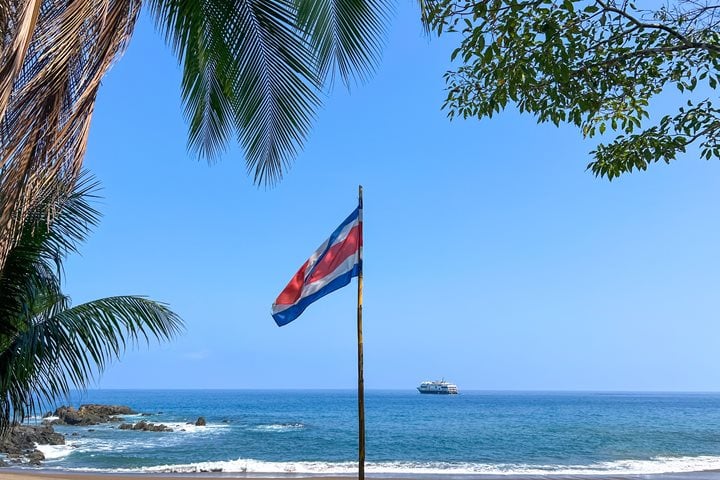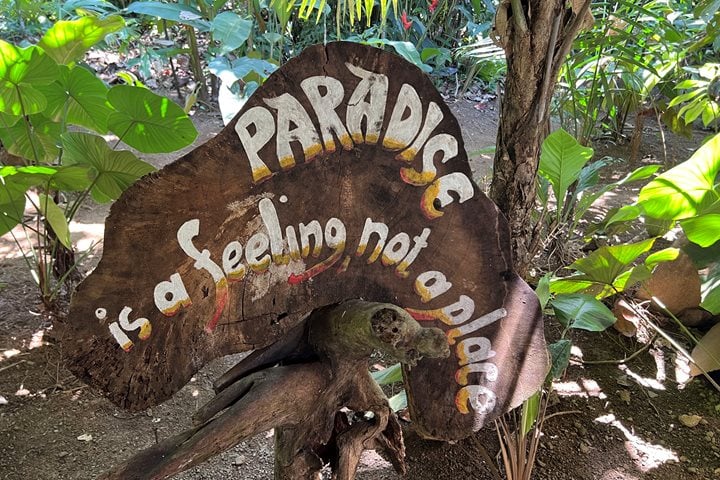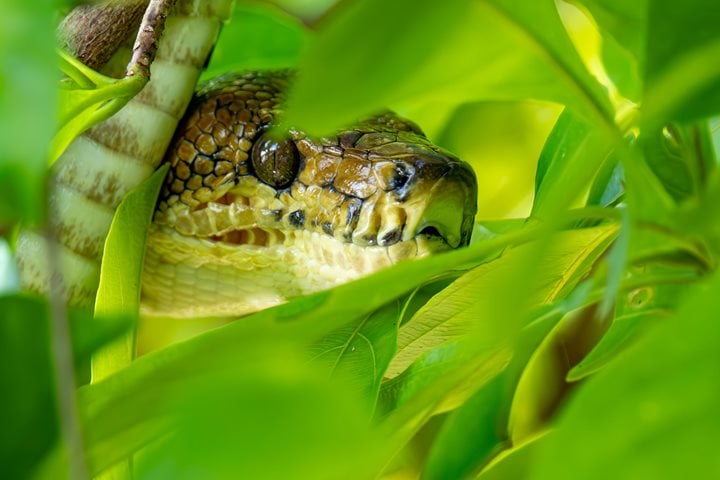The last day in Costa Rica found us docked to the Golfito pier where we went through customs to leave the country. A small gulf within a large gulf, Golfito was once an important banana plantation area that went into a drastic economic crisis when the Banana Fruit Company was invited to leave the country. Nowadays, it is important locally because of the duty-free zone and the high degree of tourism. Just 30 minutes north from Golfito, we repositioned the ship to the amazing home of Ron and Trudy McAllister, Casa Orquidea Botanical Garden. Embedded in the green lush forests of the Golfito Preserve and Peñas Blancas National Park, this garden is for sure a highlight of the trip. Flowers, hummingbirds, palm and cannonball trees, basilisk lizards and the very rare sight of a couple of great curassows welcomed us into their realm; great opportunities of photos and unforgettable memories.
In the later afternoon, we took our choice of kayaking or Zodiac cruising along the mangrove coastline of the Golfito bay. A mangrove commonly refers to two different things: a tidal swamp ecosystem found in tropical deltas, estuaries, lagoons or islands, and the characteristic tree species populating this ecosystem. Mangrove trees have developed unique adaptations to the harsh conditions of coastal environments and live in the coastal intertidal zone; there are about 80 different species of mangrove trees. All of these trees grow in areas with low-oxygen soil, where slow-moving waters allow fine sediments to accumulate. As we explored the mangrove estuary’s edge, we saw many animals including little blue herons, whimbrels, mantled howler monkeys and green iguanas. What a fantastic way to say goodbye to Costa Rica.










